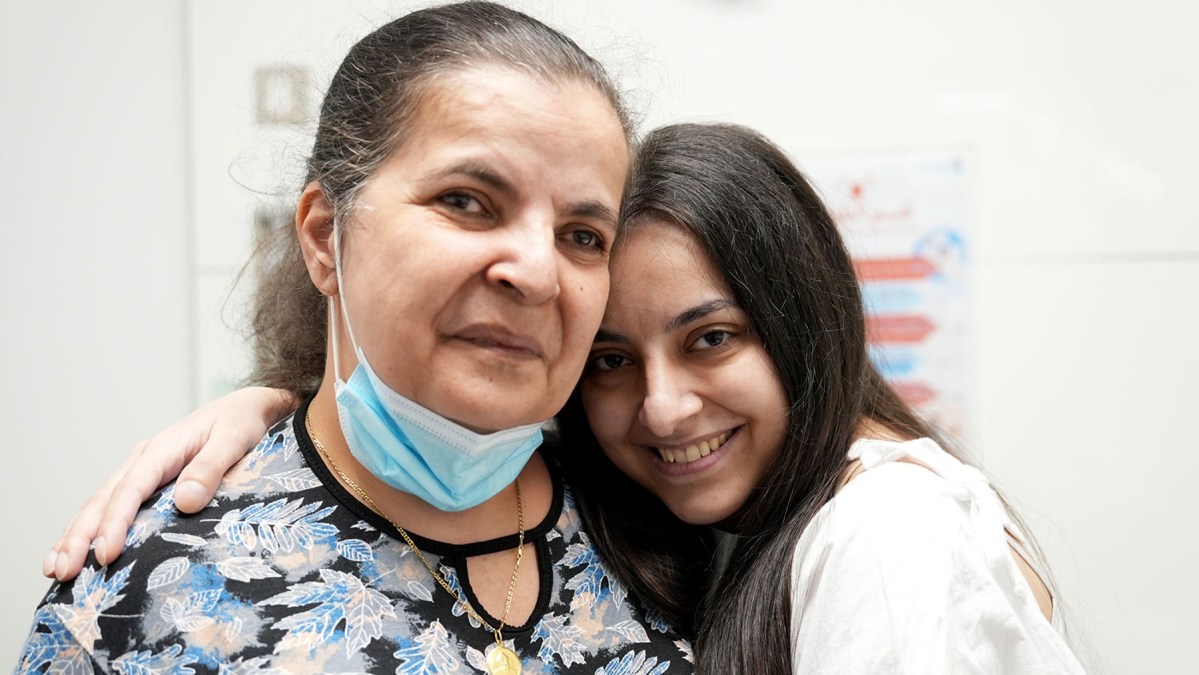The year 2025 has been productive in enhancing our understanding of the world around us and advancing technological innovation. We have touched the Sun’s atmosphere, developed light-powered computers and discovered thriving life in the pitch dark…
Blog
-

Dhurandhar roars past Rs 9.35 billion worldwide, enters the top 10 highest-grossing Indian films ever
The film has now stormed past the Rs 900 crore club (Rs 9 billion), becoming only the 11th Indian film ever to do so. Fresh off another winning day with Rs 17.75 crore at the domestic box office, Dhurandhar is cruising towards the end of its…
Continue Reading
-
UNHCR Syria Shelter and Infrastructure, November 2025 – ReliefWeb
- UNHCR Syria Shelter and Infrastructure, November 2025 ReliefWeb
- UN briefing warns recovery remains fragile in Syria amid considerable progress Jurist.org
- Syria’s humanitarian needs remain high despite reduced violence, UN warns UN News
- One year…
Continue Reading
-
Gold price in Pakistan for today, December 25, 2025 – Profit by Pakistan
- Gold price in Pakistan for today, December 25, 2025 Profit by Pakistan
- Gold, silver prices hit record high Dawn
- New all-time high: gold price per tola gains Rs2,000 in Pakistan Business Recorder
- ‘FOMO’ fuels gold rally The Express Tribune
- Gold prices hit record high in Pakistan – Dec 24, 2025 samaa tv
Continue Reading
-

It’s so cold in the Yukon, some places have been –50 C. Here’s what’s causing the extreme cold snap
Listen to this article
Estimated 4 minutes
The audio version of this article is generated by AI-based technology. Mispronunciations can occur. We are working with our partners to continually review and improve the results.
The Yukon has been grappling with an extreme cold weather system that’s pushing the power grid to the brink because it can’t keep up with demand.
Communities like Faro, about 360 kilometres northeast of Whitehorse, and Carmacks, around 180 kilometres north of the territory’s capital, have been experiencing lows of –50 C since Monday.
Temperatures started to dip below –30 C earlier this month, and there’s been no relief since. Here’s what’s causing this inclement weather to stick around in the Yukon.
What’s behind these extreme temperatures?
“What we’re seeing in Yukon is an Arctic ridge of high pressure,” Environment Canada meteorologist Tanmay Rane told CBC News. “What happens is, once a cold front passes, all the cold air behind it follows the cold front.”
Since cold air tends to sink because it’s heavier than warm air, it sinks down to the surface, pushing the air surrounding it out of the way.
“When it does that, when [cold air] clears the air underneath it, air from aloft comes down to fill that pocket,” Rane said.
Air that’s aloft, or higher above the surface, is colder than the air that’s at the surface, so as it fills the pocket left behind, it creates cooler conditions, Rane said.
Alongside that sinking effect, skies have remained clear. Without clouds in the sky to absorb heat radiated from the Earth’s surface and send it back down, Rane said the heat escapes to space overnight, preventing temperatures from rising.
“So night after night, Yukon is getting colder and colder because of the clear skies, and a high-pressure system like that is pretty stagnant.”
How low have temperatures gotten?
Environment Canada issued yellow weather alerts to 11 Yukon communities, including Whitehorse. Here’s how low temperatures have gotten within the past 24 hours:
- Whitehorse: –44 C
- Pelly Ranch (Fort Selkirk): –48 C
- Faro: –50 C
- Dawson: –45 C
- Carmacks: –49 C
Environment Canada’s weather alert issued for Whitehorse has advised that extreme wind chill values can make temperatures feel as low as –50 C, but some moderation of temperatures are expected going into Christmas Day.
What effect does wind chill have on the cold?
Windier conditions tend to make you feel colder, according to Environment Canada. Wind chill values are different from recorded temperatures, because they can’t be measured by a thermometer. Rather, they’re measured by how cold your skin would feel in the wind.
Wind chill values can tell you how cold you’ll feel outside, which can be different from the recorded temperature.
It’s included in weather forecasting when wind speed is expected to be 5 km/h or more and when recorded temperatures are zero or below.
Being exposed wind chill values between –48 C to –54 C comes with a severe risk of frostbite. According to Environment Canada, any exposed skin could freeze in less than five minutes and sometimes faster if winds stay consistently above 50 km/h.
How long could it last?
Although the cold isn’t going anywhere anytime soon, Rane said temperatures could gradually start to rise by next week.
“I don’t think it would get any colder,” Rane said. “This Arctic high that’s sitting over Yukon right now will slowly sink down into northern BC and then make its way out.”
Once that happens, Rane said he expects that clouds will start coming in, leading to a slow increase in temperature.
Why could there be blackouts?
Yukon’s power grid is nearing capacity as electricity usage surged due to the cold. Demand reached a peak on Monday with 123 megawatts of power being pulled from a system that can accommodate 140 megawatts.

Ted Laking, Yukon’s energy minister, says rolling electricity blackouts might be necessary. (Virginie Ann/CBC) Ted Laking, the minister responsible for Yukon Energy, said Tuesday that rolling blackouts may be enacted to alleviate the demand, though he added that Whitehorse hasn’t reached that stage yet.
If rolling blackouts were to occur, they would happen by neighbourhood. To prepare, Laking has urged Yukon residents to compile emergency kits that would last 72 hours with supplies like flashlights, emergency blankets and food.
Continue Reading
-
PM expresses confidence in PIA’s revival under new owners – RADIO PAKISTAN
- PM expresses confidence in PIA’s revival under new owners RADIO PAKISTAN
- Stakeholders back PIA sale, call for divestment of other SOEs Dawn
- Privatised – at last The Express Tribune
- Fauji Fertiliser joins Arif Habib Consortium in PIA…
Continue Reading
-

how to treat influenza and the medication that is useless
This year’s flu season began early, with five children dying from complications of the disease and hospitalizations on the rise. Family doctors are warning that influenza is not a mild winter illness, outlining its symptoms, identifying who is…
Continue Reading
-

Transforming the Lives of Cystic Fibrosis Patients in Lebanon
By ANERA
Editor’s note: This article was originally published by Anera here.
Cystic fibrosis is a life-threatening genetic disease affecting the lungs and digestive system. In Lebanon, access to treatment is limited, leaving families to face…
Continue Reading
-

Doctored video spreads after Pakistan military spokesperson’s criticism of Imran Khan
The video of Sohail Khan Afridi, the Pakistan-Tehreek-e Insaf (PTI) chief minister of Pakistan’s Khyber Pakhtunkhwa province, was viewed more than 100,000 times after being shared on X on December 7, 2025.
Addressing a crowd of PTI supporters,…
Continue Reading
-

Trump news at a glance: EU could respond to ‘unjustified’ US visa bans, official says | Trump administration
The EU could “respond swiftly and decisively” against the “unjustified” US visa bans on five Europeans involved in combating online hate and disinformation, a European Commission spokesperson has said.
European leaders including Emmanuel…
Continue Reading
